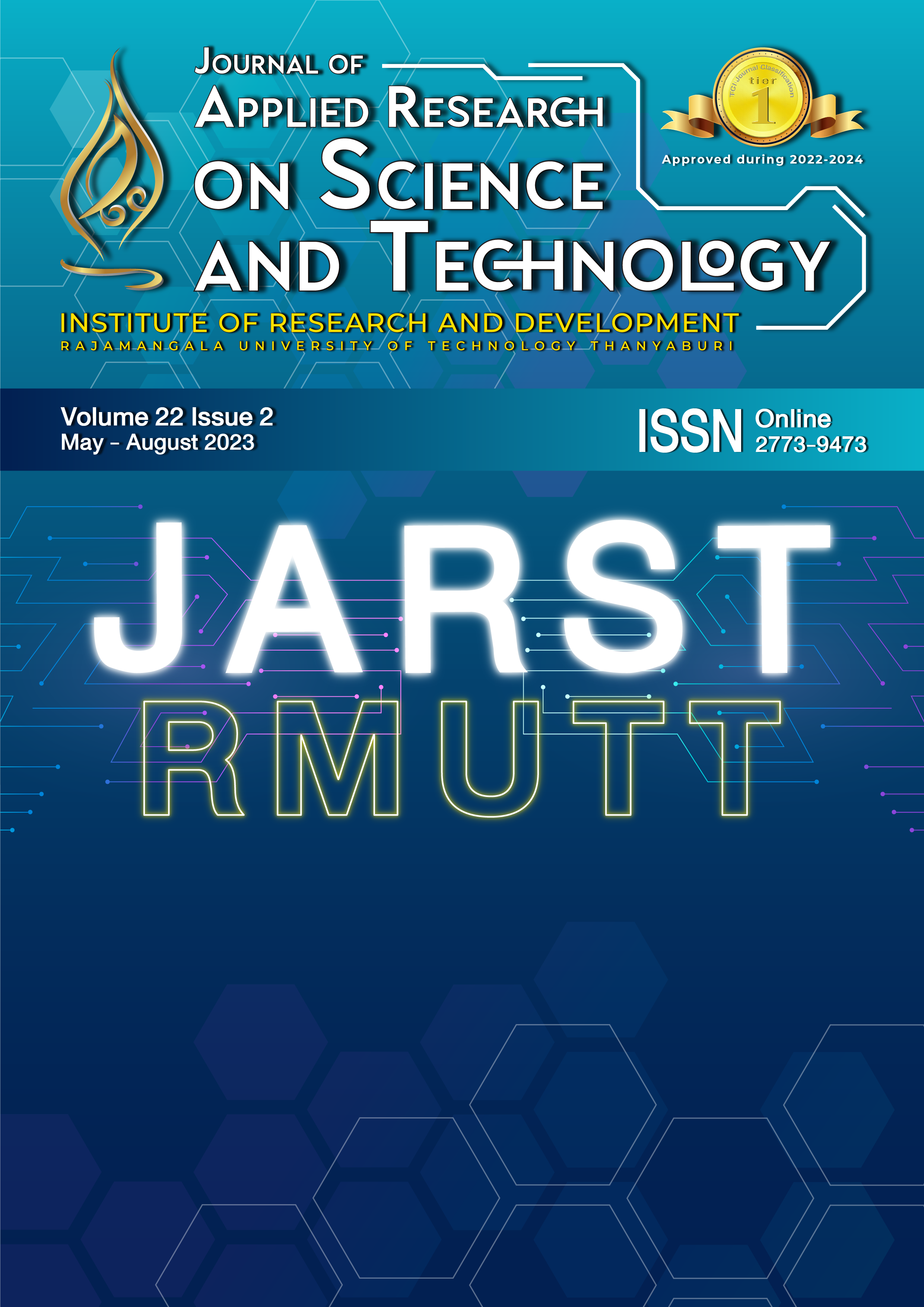Mixed Bootstrap-Marascuilo test for testing equality of means under unequal variances in a completely randomized design
Main Article Content
Abstract
This study introduces a pioneering statistical methodology, the Mixed Bootstrap-Marascuilo test, which emerges from the fusion of the Bootstrap method and the Marascuilo test. The test examines the means of three or more populations with unequal variances in a completely randomized design. The research compares the Mixed Bootstrap-Marascuilo test's ability to control the probability of type I error using Cochran's criteria and its test power using penalized power with those of One-Way ANOVA and the Marascuilo test. The research design thoughtfully encompasses three populations: small, medium, and large, each exhibiting variations in size and equality. It systematically manipulates variances, encompassing a range from equal to slightly different, moderately different, and significantly different. Furthermore, the error distribution is specified to be normal with a designated mean. The research methodology embraces the utilization of R ver.4.2.2 and the Monte Carlo technique, leveraging 5,000 simulations per case to ensure the robustness and reliability of the study's findings. The outcomes of the comprehensive analysis yield intriguing insights. The results indicate that the Mixed Bootstrap-Marascuilo test exhibits superior testing ability in scenarios involving equal small sample sizes with equal and moderate variances, as well as medium sample sizes with equal and small variances. Furthermore, it demonstrates effectiveness even when dealing with large, unequal sample sizes with equal and large variances. In essence, this research advances the realm of statistical hypothesis testing through the introduction and meticulous evaluation of the Mixed Bootstrap-Marascuilo test. Its demonstrated ability to navigate complexities in mean examination across diverse populations, coupled with its versatile applicability to scenarios of unequal variances and varying sample sizes, underscores its potential as a valuable tool for researchers across disciplines.
Article Details

This work is licensed under a Creative Commons Attribution-NonCommercial-NoDerivatives 4.0 International License.
References
Komduan J. Comparing the efficiency of mean testing statistics for three populations. [Master's thesis]. Bangkok: Faculty of Science King Mongkut's Institute of Technology Ladkrabang; 2017.
Hananurak P. Comparing the Wilcoxon rank-sum test and the Mann-Whitney U test for testing population means with unequal variances. [Master's thesis]. Bangkok: Kasetsart University; 2006.
Efron B, Tibshirani RJ. An introduction to the bootstrap. 1st ed. New York: Chapman and Hall/CRC;1993.
Sangthong M. Nonparametric Bootstrap Method for Location Testing between Two Populations under Combined Assumption Violations. Burapha Science Journal. 2020;25(3):864-79.
Reiczigel J, Zakarias I, Rozsa L. A Bootstrap test of stochastic equality of two populations. The American Statistician. 2005;59:156-61.
Dag O, Dolgun A, Konar NM. Onewaytests: An R Package for One-Way Tests in Independent Groups Designs. R Journal. 2018;10(1):175-99.
Cavus M, Yazici B. Testing the equality of normal distributed and independent groups' means under unequal variances by doex package. The R Journal. 2021;12(2):134-54.
Marascuilo LA. Statistical for behavioral science research. New York: McGraw-Hill Book Co; 1971.
Bradley JV. Robustness. Br J Math Stat Psychol. 1978;31(2):144-52.
Cavus M, Yazici B, Sezer A. Penalized power approach to compare the power of the tests when Type I error probabilities are different. Commun Stat - Simul Comput. 2021;50(7):1912-26.
Hasalems P, Jitthavech J. Comparing mean testing under variance heterogeneity in complete randomized experiments. Burapha Science Journal. 2018;23(1):135-45.


